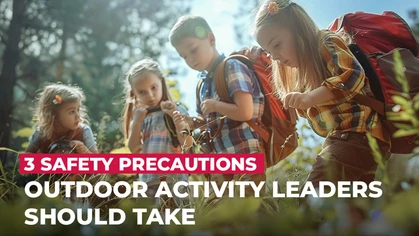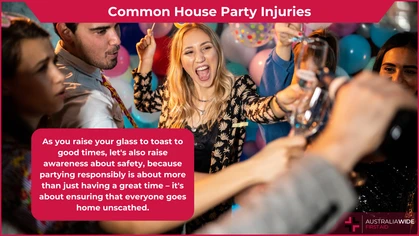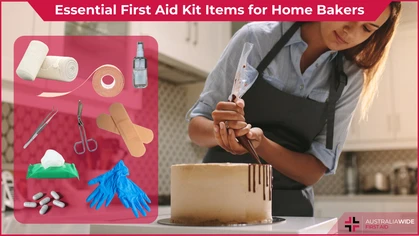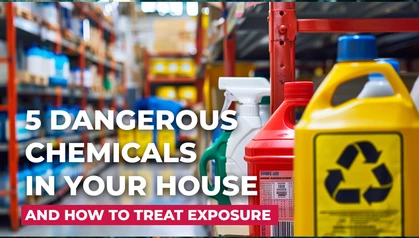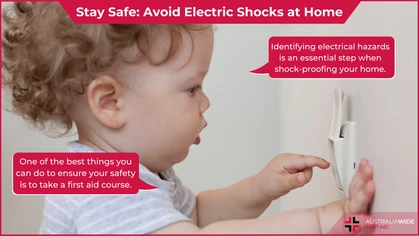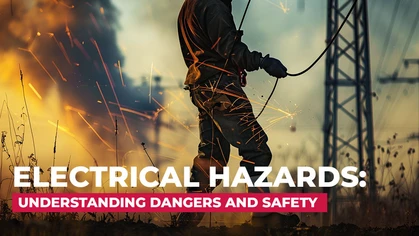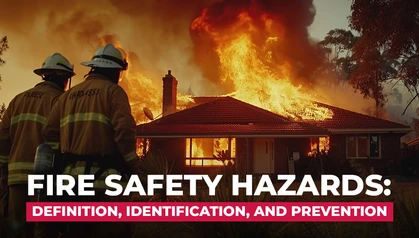How to Save a Choking Baby

Danger
 Every parent knows that keeping their child safe is a top priority. From baby-proofing the house to choosing the right car seat, we take countless measures to ensure our little ones are protected.
Yet, there are moments when danger can strike unexpectedly, and one of the most harrowing experiences any parent can face is watching their baby choke.
Choking is a frightening situation that demands immediate action. Babies are particularly vulnerable to choking hazards.
In such a critical moment, knowing how to react can be the difference between a minor scare and a life-threatening emergency.
In the following sections, we will walk you through the steps to recognize when a baby is choking, the do's and don'ts of responding to a choking infant, and how to perform life-saving techniques such as infant CPR and back blows.
Every parent knows that keeping their child safe is a top priority. From baby-proofing the house to choosing the right car seat, we take countless measures to ensure our little ones are protected.
Yet, there are moments when danger can strike unexpectedly, and one of the most harrowing experiences any parent can face is watching their baby choke.
Choking is a frightening situation that demands immediate action. Babies are particularly vulnerable to choking hazards.
In such a critical moment, knowing how to react can be the difference between a minor scare and a life-threatening emergency.
In the following sections, we will walk you through the steps to recognize when a baby is choking, the do's and don'ts of responding to a choking infant, and how to perform life-saving techniques such as infant CPR and back blows.
What Does Choking Look Like
It can be easy to confuse choking and gagging, especially in babies and toddlers. It can be difficult to distinguish between the two, particularly when baby is beginning to eat solids. Gagging is a natural reflex, and works to prevent objects entering the airways. Your baby may cough, splutter, retch, and turn red in the face. They may even vomit with the force of gagging. All of this is perfectly normal and natural, and is the body’s way of learning how to deal with food. Choking occurs when something is partially or entirely blocking the airway. This could be curdled milk, food, toys, or other objects. It can happen during or after gagging, but it can also happen all of a sudden with no warning signs. Choking is characterised by silence, or a whistling sound when the baby breathes. They will often look scared, but won’t be able to properly cough, splutter, or cry. If the blockage remains, they will lose access to oxygen. Their face may change colour to be quite pale, and they may start to turn blue or purple. This will be most noticeable around the lips. Eventually, they will lose consciousness.First Aid for a Choking Baby
If your baby is choking, regardless of the cause, there are steps to take to save their life.- Stay calm. While it is a terrifying experience, panicking will not help.
- First look inside the mouth to see if you can identify the object. Never put your fingers into their mouth in an attempt to remove the object, as you may push it further down.
- Have someone call Triple 0 immediately, asking for an ambulance, while you begin performing back blows and chest thrusts.
- Remove the child from their seat. Turn the child onto their stomach along your arm or across your lap. Angle them approximately 45 degrees so that their head is lower than their body. Support their head/jaw with your hand, but be sure to not put pressure on their neck accidentally.
- Deliver 5 firm blows with the heel of your palm to their back, between their shoulder blades. Turn the child over slightly after each blow to check if the airway is now clear. If you can see the blockage, gently remove it with your pinkie finger. Do not put your fingers in their mouth if you cannot see the blockage.
- If you cannot see or remove the object, lay the child on their back along your thigh. Perform 5 chest thrusts, as you would for CPR. For an infant use 2 fingers on their sternum just below their nipples, and for a child use one or two hands depending on their size. Sharply compress their sternum about a third of the depth of their chest cavity, then allow their chest to fully recoil before performing the next chest thrust. Check to see if the object is dislodged.
- Repeat this cycle of back blows and chest thrusts until the object is dislodged or trained medical professionals arrive.
- If the baby becomes unconscious, start CPR immediately. After each set of compressions, check if you can see the object in the baby’s mouth. If you can, remove it gently with your little finger. If you cannot see it or cannot remove it, continue CPR as normal. This includes giving rescue breaths. If the baby’s chest doesn’t rise during rescue breaths, and you’ve ensured a proper seal, then their airway is completely blocked. Continue with chest compressions, check for the blockage again, and try rescue breaths again. Continue with this cycle until you see their chest rise, and continue with CPR until they are breathing normally or an ambulance arrives.
Don’t Do These if a Baby is Choking
There are some common mistakes that are made when a baby is choking. Avoiding these mistakes will reduce the risk of making the situation worse.- Don’t put your fingers in the baby’s mouth unless you can clearly see the blockage and are able to get it out with just a gentle swipe of your pinkie finger. Any other attempt risks pushing the object further back into their throat.
- Don’t try to get your baby or child to drink any water while they are choking or gagging.
- Don’t perform the Heimlich manoeuvre on a baby, as it is too dangerous and forceful. Squeezing their tummy can damage their internal organs. Back blows followed by chest thrusts are the safest way to clear a blocked airway.
- Don’t shake the baby. This will not achieve anything, and may cause further complications.
- Don’t give more than 5 back blows at a time. If the object is not dislodged in this time, move on to chest thrusts.
- Don’t forget to check the baby’s mouth for the blockage, either between every back blow and chest thrust, or after a few back blows or chest thrusts. It is common to see parents so focused on delivering the back blows that they forget to check if the airway is now clear.
- Don’t turn the baby upside-down. This action can inadvertently cause the blockage to move further down their throat.
First Aid Saves Lives
Arming yourself with the knowledge and skills to effectively deal with choking is priceless. While reading guides like this and watching videos online is certainly helpful, we strongly recommend all parents-to-be and new parents complete a CPR and first aid course. Nothing beats hands-on practice for this sort of thing, where you can practice the techniques on infant and child manikins. This is done under the watchful eye of our incredible trainers, to help you ensure you have the confidence to act should a situation arise. CPR and first aid techniques vary based on the age of the child, so keeping your skills up to date is important. We recently saw news from the US of a police officer saving a choking baby during a traffic stop. If the parents had the knowledge and skills to act, they could have saved the child themselves. Book in your first aid or CPR course today to give yourself and your loved ones the peace of mind from acquiring the skills to save lives.Additional Resources
For further information and advice, book yourself in for a course with us today. We also have the following articles worth a read:- How To Prevent Choking Hazards
- How to perform CPR - Infants (0-12 months)
- Baby Proofing Essentials: What You Need to Know to Get Started Today
- The Baby Blues: A Comprehensive Guide to Postpartum Depression
- Back Blows Save Baby's Life
Originally published at
https://www.australiawidefirstaid.com.au/resources/first-aid-for-choking-baby
as part of the Australia Wide First Aid Articles Library


